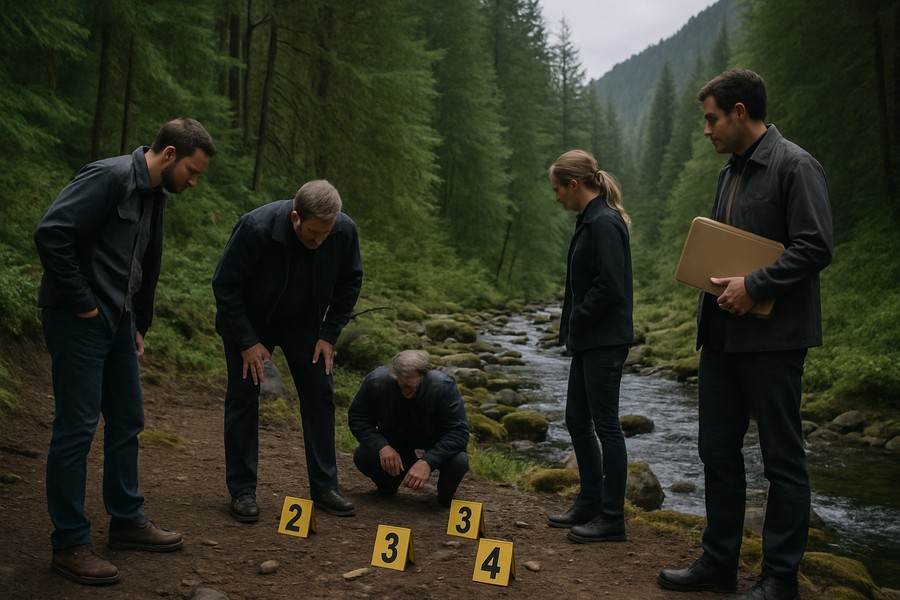
Decades-Old Mystery Solved: Long-Missing Woman Identified Through DNA
For years, Valerie Nagle was left with countless questions about her older sister's disappearance. Her sister was last seen in Oregon in 1974, and since then, Valerie has been tirelessly combing through unidentified persons databases, hoping to find a match. She even submitted her DNA to a popular genealogy website, looking for any possible connections.
Valerie's persistent search finally paid off when Oregon officials contacted her about a cold case that had been unsolved for decades. The unidentified woman, known as "Swamp Mountain Jane Doe," was found near a mountain creek in the Central Cascades of Oregon in 1976. Valerie's DNA was used to verify that these remains were indeed her sister, Marion Vinetta Nagle McWhorter.
Surprising Discovery Ends Long Search
Valerie, a 62-year-old Seattle resident, expressed her surprise and relief when she received the unexpected call from the authorities. She was only 11 when her sister mysteriously vanished. "I was really glad that they found me through DNA," she said. The last time Marion was seen, she was at a shopping mall in a suburb of Portland, Tigard, at the age of 21.
Marion was the oldest among her five siblings, with Valerie being the youngest. Their mother was a native Alaskan from the Ahtna Athabascan tribe, and Marion was named after an aunt who tragically died in an Alaskan boarding school for Indigenous children in 1940. The disappearance of Indigenous people, particularly women, has been a persisting issue for generations, often due to inadequate public safety resources.
The Mystery Deepens
At the time of Marion's disappearance, Valerie lived in New York with her parents and one of her brothers. She recalls her mother possibly contacting authorities, but she's unsure about the extent of her parents' efforts to find her sister. "We didn’t have that much to go on,” she explained.
What she does know is that Marion had plans to travel from California to Oregon, then to Seattle, and finally to Alaska. In October 1974, Marion called an aunt who lived near the Tigard shopping mall for a ride. But for reasons unknown, the two never met. Years later, the aunt revealed a chilling detail: When Marion called her, she mentioned a man in a white pickup truck who had offered her a ride.
Pieces of the Puzzle Coming Together
Armed with this new information, Valerie intensified her search efforts, frequently checking unidentified persons databases. In 2010, a bone sample from Marion's remains was sent to a human identification center, resulting in a profile being created in a national missing persons database. A decade later, an additional bone sample was submitted for DNA extraction, allowing a unique genetic marker profile to be produced.
Valerie submitted her own DNA to a genealogy company in 2023, hoping it would provide some clue about her sister. The real breakthrough, however, came when a distant cousin uploaded their genetic profile to another genealogy company. This enabled genealogists to construct a more accurate family tree, which led them to Valerie as a surviving family member.
Case Closed: A Family's Long-Awaited Resolution
For 49 years, this case was cold. Family members lived and died without knowing what happened to Marion. The state's Forensic Anthropologist stated that Marion "likely did not go missing voluntarily." The local Sheriff's Office is now working to determine the circumstances of Marion's death.
For Valerie, this discovery has provided some closure. "I never forgot about her," she said, finally knowing what happened to her long-lost sister.
